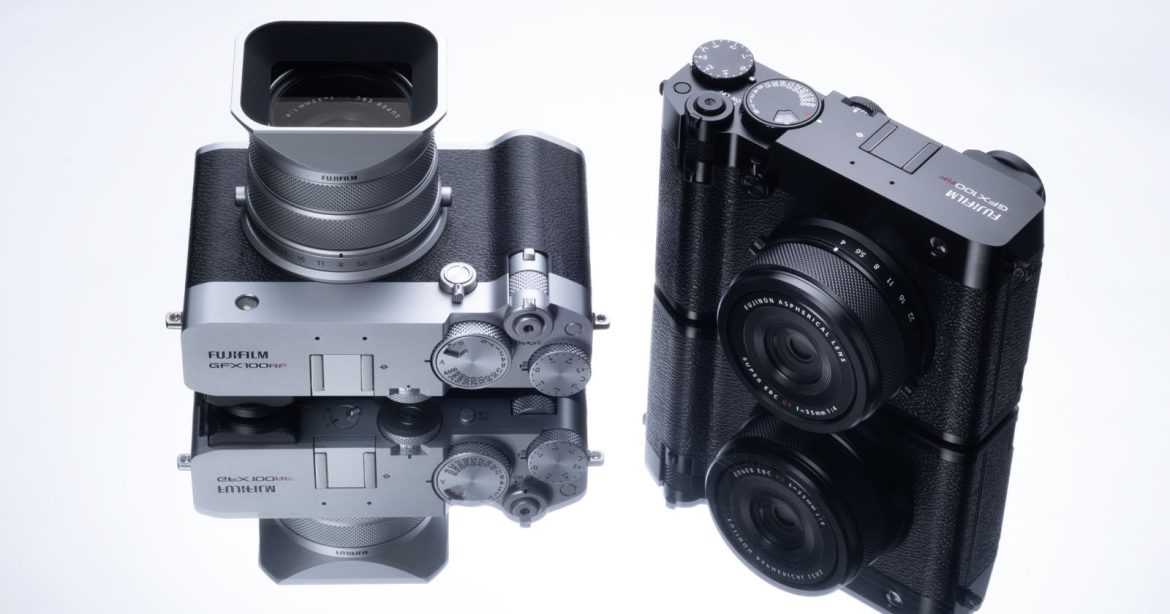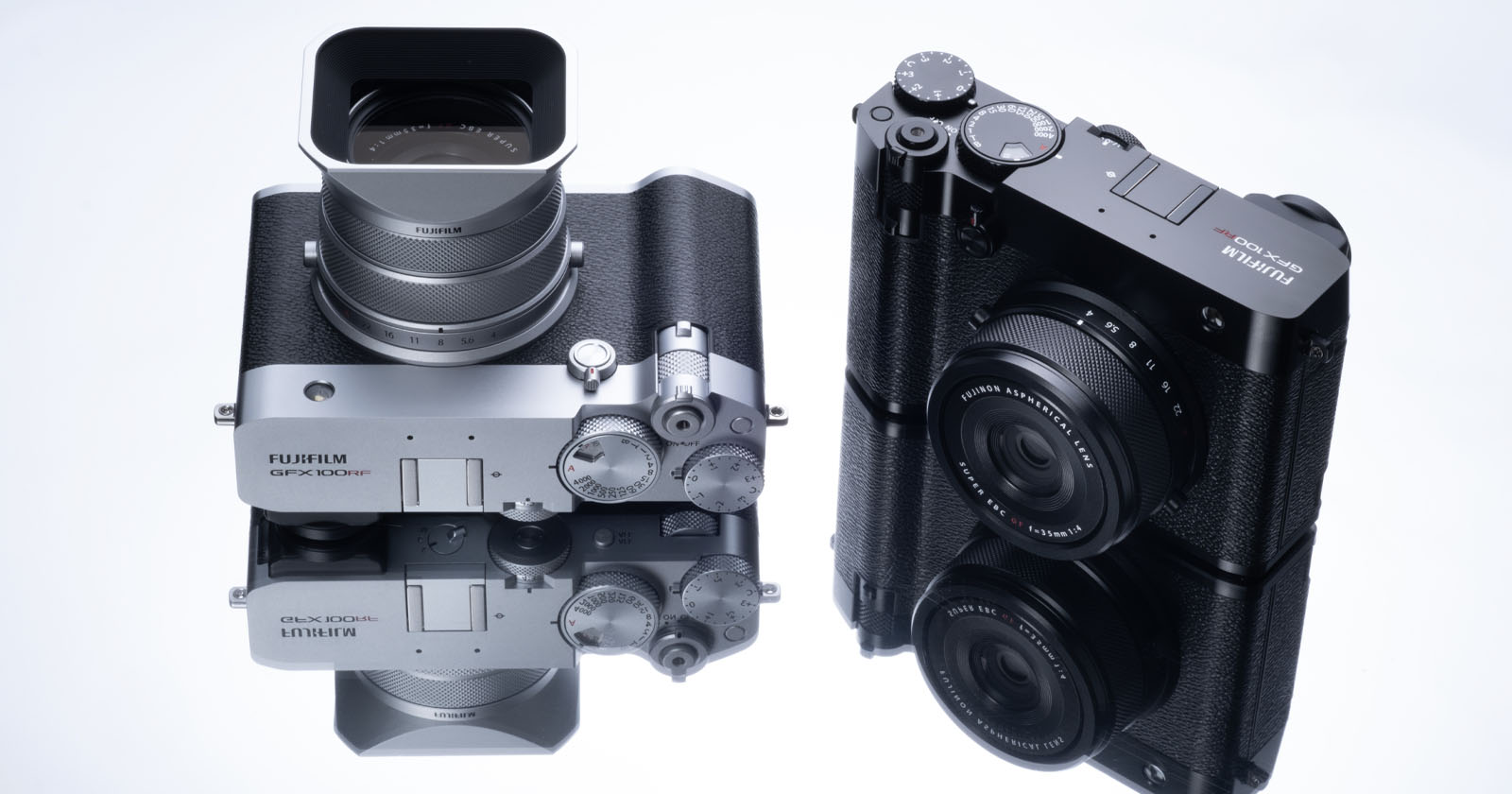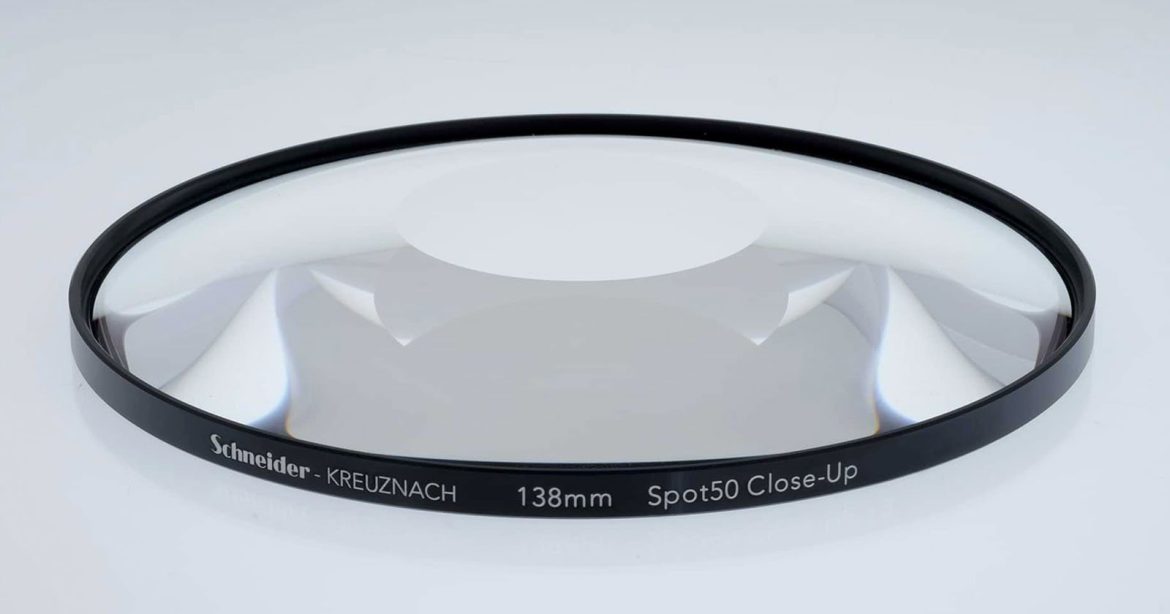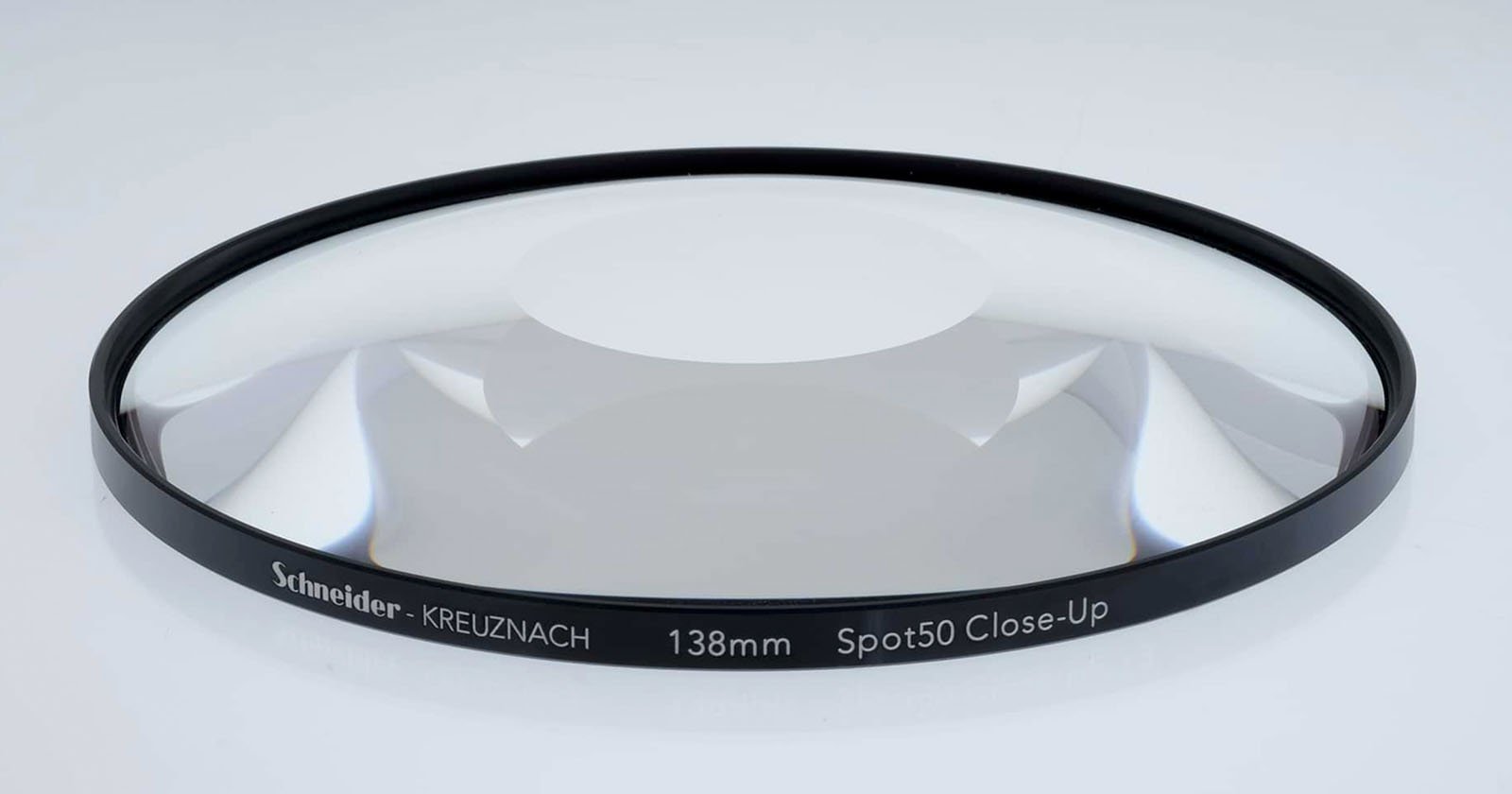Instagram has changed a great deal in the last 15 years and, as has been well-documented, it has moved away from being a photo-sharing platform to one that looks a lot more like TikTok.
Sirui Becomes Ninth Member of the L-Mount Alliance
Sirui is the ninth company to join the L-Mount Alliance and will release a wide range of photo and video-oriented lenses for L-Mount cameras.
Wildlife Photographer Says Death of Mother Cougar Was Illegal
A nature photographer is taking the fight to Canadian authorities over what he calls an unlawful killing of a cougar that left her two cubs orphaned.
Canon Teases Pair of ‘V’ Cameras
It’s turning out to be a surprisingly busy March for new camera announcements. In addition to Sony teasing a new full-frame cinema camera and Fujifilm debuting the GFX100RF, Canon is teasing a pair of new cameras, too.
Fujifilm GFX100RF Review: An X100 All Grown Up
Fujifilm’s GFX medium format camera line features versatile and relatively affordable cameras in an industry normally dominated by prestigious names like Phase One or Hasselblad. However, Fujifilm also makes the insanely popular X100 series of cameras which make for a perfect compact companion to the traveling urban photographer. So what would happen if you combined the over-your-shoulder convenience of the X100 with the raw image quality of the GFX? The answer is the GFX100RF.
The GFX100RF is a Medium Format Fixed-Lens Rangefinder-Style Camera
Fujifilm announced the GFX100RF, the company’s first fixed-lens mirrorless digital camera in its GFX system which features a 28mm f/4 full-frame equivalent lens in front of a medium format 102-megapixel sensor.
CPW Vision Award Winners Highlight Racial, Cultural, and Women’s Issues
The Center for Photography at Woodstock in Kingston, NY, announced its four eye-opening 2025 Vision Awards winners.
Photographer’s Heroic Portraits Get Shelter Dogs Adopted
Award-winning “dogtographer,” Kaylee Greer uses her camera skills to help adopt out shelter dogs by transforming them into portrait heroes.
Close-Up Filters Can Deliver Macro Photography On a Budget
French photographer and YouTube creator Mathieu Stern’s latest video discusses the wonderful world of close-up lens filters. Unlike some of Stern’s stranger topics, like working with the world’s blackest material and capturing travel photos with an infrared digital camera, close-up filters are something nearly every photographer might want to add to their kit.
Don't Ignore This Underrated & Versatile Lightroom Feature (VIDEO)
Lightroom is so full of powerful tools and capabilities that it’s understandable when inexperienced users overlook some very powerful features that not only provide more effective results but can streamline their post-processing workflow. Today’s Lightroom Classic tutorial from instructor Brian Matiash falls into the latter category and it’s all about what you can accomplish in Lightroom’s Versions panel.
Matiash is a very adept photographer and one of Adobe’s Lightroom Software Quality Engineers who shares weekly how-to videos for capturing better photos with any camera and editing them on any device. If you’re unfamiliar with Versions, here’s how he describes the concept: “Think of Versions as a hybrid between virtual copies and snapshots, except that the Versions you save will sync to the Cloud and be accessible in Lightroom Desktop, Mobile and Web.”
Now that he’s piqued your curiosity, Matiash shares several practical use cases for Versions, and “why it should absolutely be part of your everyday editing workflow.” He starts by demonstrating how to access Versions with all of Lightroom’s services, beginning with Lightroom Desktop and an icon on the lower right of the panel that looks like a clock with a counter-clockwise arrow. The keyboard shortcut Shift “V” will get you there in a hurry.

Once Versions is activated you’ll notice two tabs atop the screen, Auto and Named. Matiash chooses the latter for the purposes of this lesson “because this is where you can create Versions ad hoc.” There’s a slightly different method for accessing Versions when using Lightroom Mobile and on the web, and Matiash illustrates what they are.
Now that you’re set up and ready to go Matiash explains four ways that Versions will simplify your life, at least when sitting behind the computer. On example involves preserving previous edits, another is for applying different presets, and a third is for saving HDR and SDR Versions. You’ll also learn how to save different crops as their own Versions.
At the end of this episode Matiash shares a link to his comprehensive video that takes a deeper dive into everything that Lightroom’s Versions can help you accomplish with ease. You can also find other helpful post-processing tips and techniques by visiting his enlightening YouTube channel.

We also recommend checking out a recent image-editing tutorial we featured with another Adobe expert who demonstrates when, why and how to employ a simple time-blending technique that will enable you to create outdoor photographs with perfect tonal balance throughout the frame.














